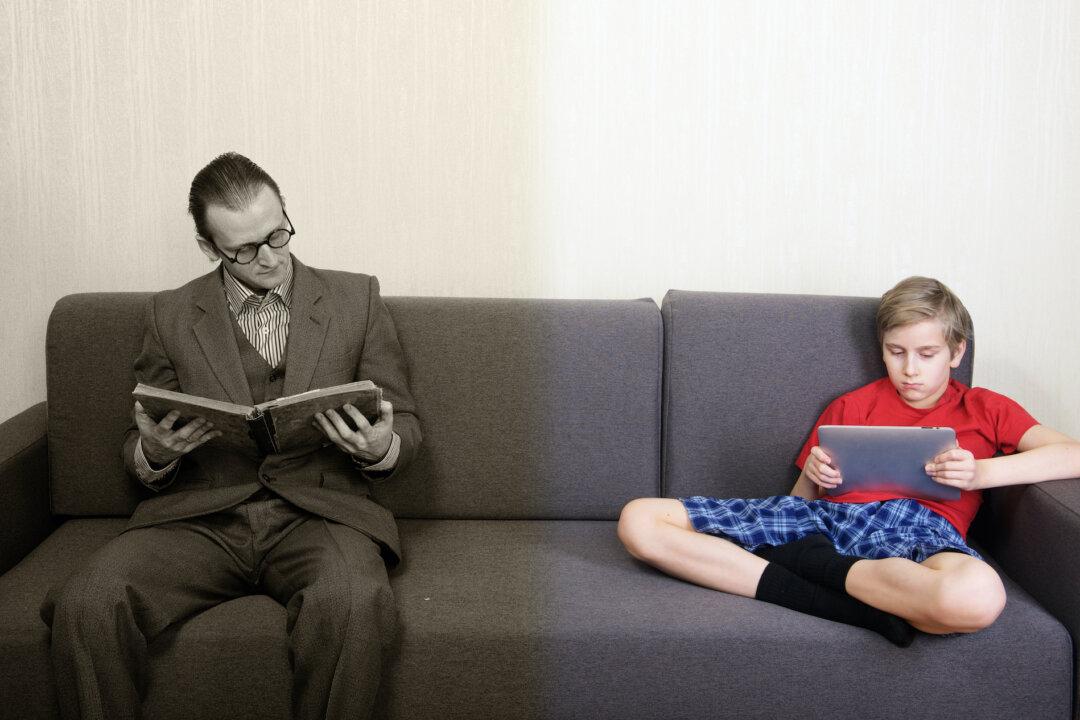We’ve all heard the stereotypes before. The greatest generation is “responsible and hard-working”; baby boomers are “selfish”; Gen Xers are “cynical and disaffected”; millennials are “entitled and lazy”; Gen Zers are “civic-minded.” Even though these stereotypes are frequently called into question, they linger in the mind, fed by media, politicians, and business experts.
But while characterizing generations is a common practice, it’s often counterproductive, says Bobby Duffy, director of the Policy Institute at King’s College London and author of a new book, “The Generation Myth: Why When You’re Born Matters Less Than You Think.” Duffy argues that assigning cohorts of people particular traits misses the importance of outside factors affecting their attitudes and actions. Plus, it takes us down a fruitless path of pitting one generation against another, creating division.




